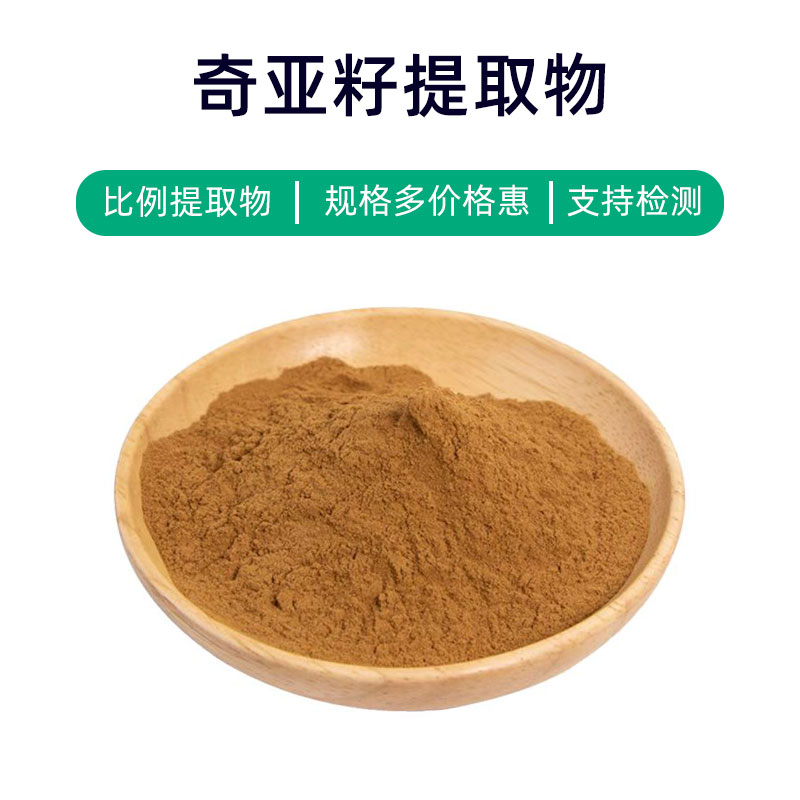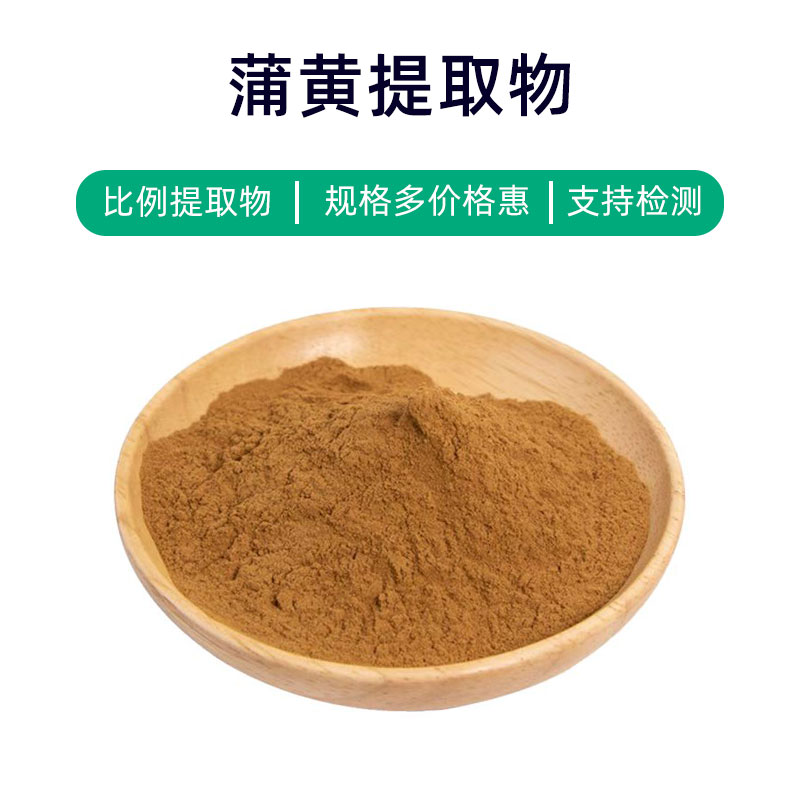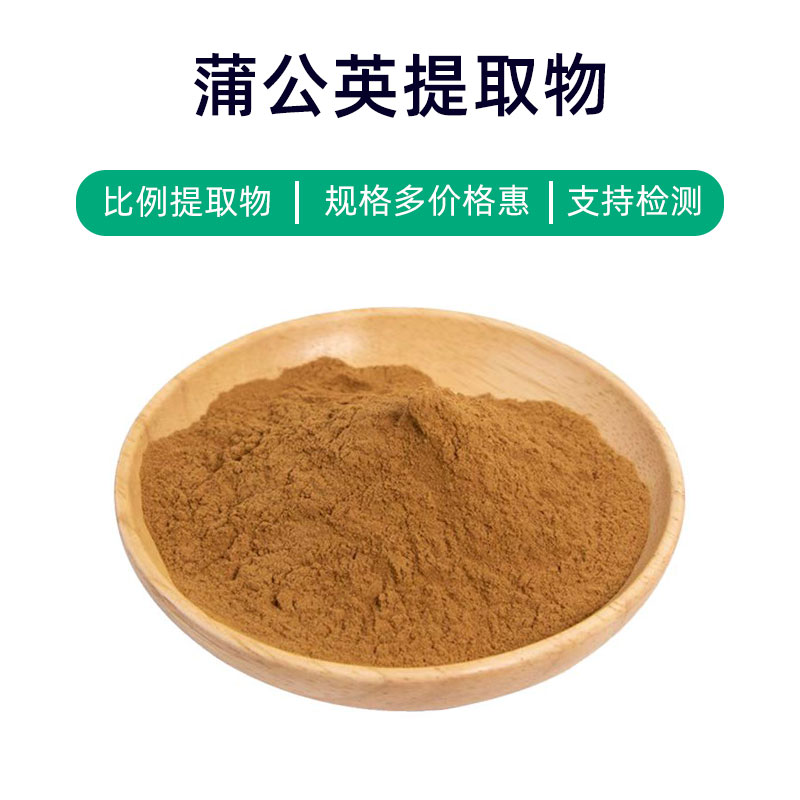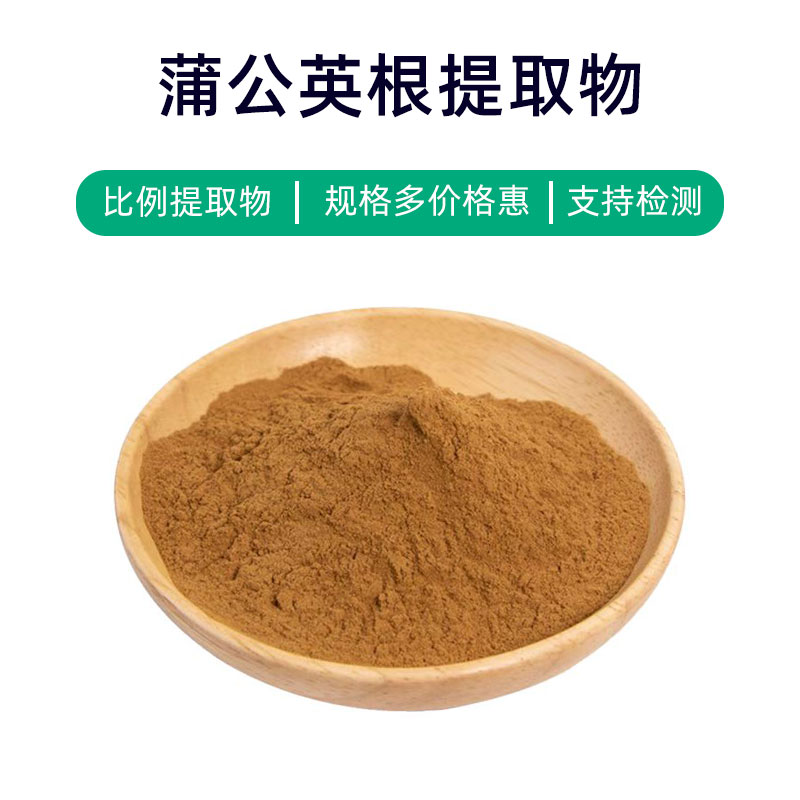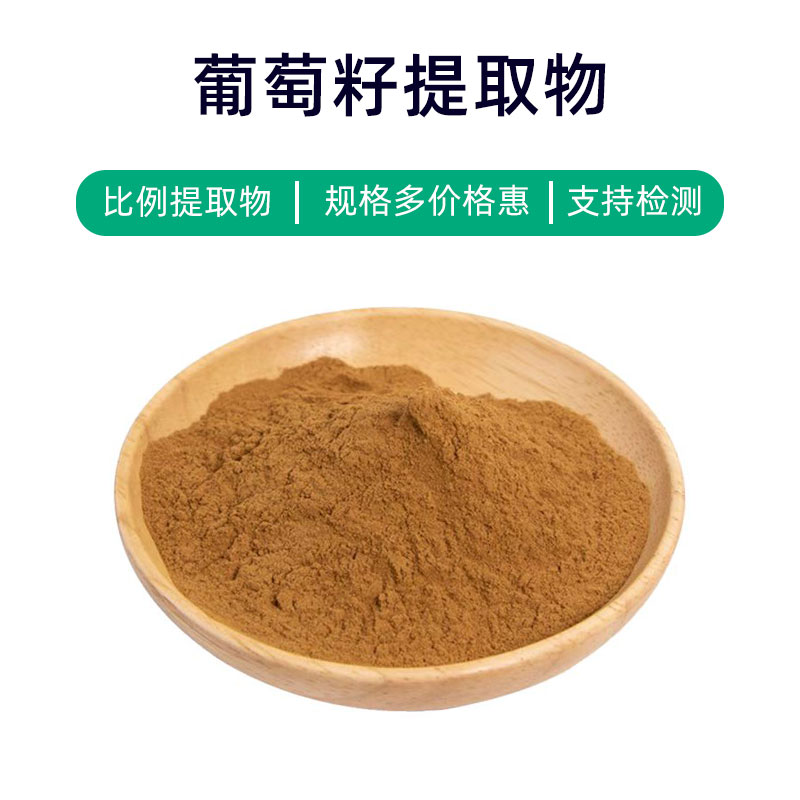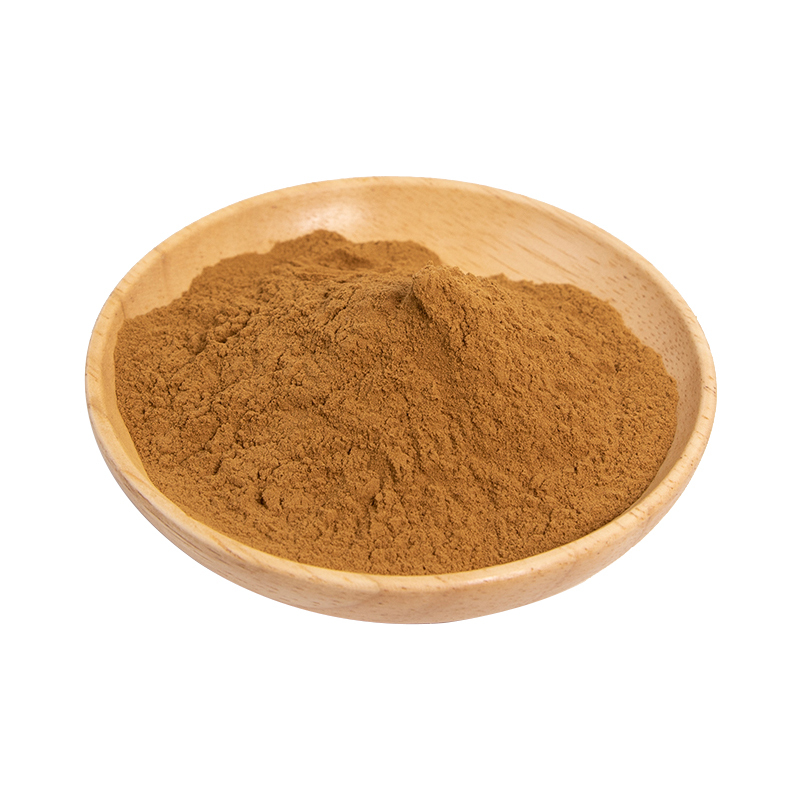Osmanthus Extract Product Introduction
Osmanthus extract is a natural plant extract derived from osmanthus flowers (Osmanthus fragrans). Its main components include volatile oils, flavonoids, and phenolic compounds. Osmanthus extract has a unique osmanthus fragrance and is widely used in food, beverages, and cosmetics.
In the food industry, osmanthus extract is often used as a flavoring agent, imparting a distinctive osmanthus aroma to enhance taste and flavor. In beverages, it is commonly found in tea drinks, fruit juices, and alcoholic beverages, adding fragrance and flavor to the drinks.
In cosmetics, osmanthus extract is used in skincare and perfumes for its soothing, moisturizing, and skin-whitening properties. Rich in antioxidants, osmanthus extract helps protect the skin from environmental pollution and free radical damage, while also soothing and calming the skin, making it suitable for all skin types.
Overall, osmanthus extract not only adds a unique fragrance to products but also offers certain health and beauty benefits, making it highly favored in the food, beverage, and cosmetics industries.
Osmanthus Extract Production Process
The production process of osmanthus extract typically involves the following steps:
- Raw Material Collection and Preparation: Fresh osmanthus flowers are collected as raw materials. The flowers should be harvested at the peak of their bloom to ensure freshness and quality. After collection, the flowers need to be cleaned and processed to remove impurities and surface dirt.
- Extraction Process: The main components of osmanthus extract are found in the volatile oils of the flowers, making this step critical. Common methods include steam distillation or solvent extraction, where the flowers are in contact with water or an organic solvent to extract the volatile oils. Temperature, pressure, and time must be controlled to ensure effective extraction and product quality.
- Concentration and Separation: The extracted solution needs to be concentrated to remove excess moisture or solvent, resulting in concentrated osmanthus extract. Further purification can be achieved through separation techniques (such as distillation, extraction, or condensation) to eliminate impurities and non-target components, enhancing product purity and quality.
- Filtration and Purification: The concentrated osmanthus extract undergoes filtration and purification to remove suspended solids and microorganisms, ensuring product cleanliness and safety. Various filters and adsorbents may be used.
- Drying and Grinding: Finally, the purified osmanthus extract is dried to remove residual moisture and transformed into a powder or granular form. After drying, the extract can be ground or milled to achieve the desired particle size for subsequent packaging and use.
The entire production process requires strict control of operational parameters and conditions at each step to ensure product quality, purity, and safety.
Osmanthus Extract Benefits and Side Effects
Osmanthus extract is a natural plant extract with various benefits, including:
- Antioxidant Effects: Rich in natural antioxidants, such as flavonoids and vitamins, osmanthus extract can neutralize free radicals, reducing oxidative stress on cells and protecting the skin from environmental pollution and UV radiation.
- Anti-inflammatory and Antibacterial Properties: Active components in osmanthus extract have anti-inflammatory and antibacterial effects, which can help treat skin issues like inflammation, acne, and eczema, while also preventing infections.
- Moisturizing: Osmanthus extract has excellent moisturizing properties, forming a protective layer to lock in moisture and increase skin hydration, improving dryness and roughness, leaving the skin soft and smooth.
- Skin Brightening and Spot Reduction: Polyphenols and vitamin C in osmanthus extract can inhibit melanin production, reducing dark spots and freckles, resulting in a more even and bright complexion.
- Soothing Effects: With its gentle and soothing characteristics, osmanthus extract can relieve skin discomfort, alleviate inflammation and redness, making it suitable for sensitive skin and post-irritation care.
- Improved Blood Circulation: Osmanthus extract promotes blood circulation, helping to relax blood vessels, enhance blood flow, and improve skin tone, resulting in a healthier and more radiant appearance.
Osmanthus extract is generally considered safe and effective, but individual differences and allergic reactions should be noted. If any skin discomfort or allergic symptoms occur, use should be discontinued, and professional medical advice should be sought. Pregnant women, nursing mothers, and children should consult a doctor before use.
Osmanthus Extract Applications and Dosage
Osmanthus extract has wide applications in medicine, food, and cosmetics; below are its uses and recommended dosages in these fields:
- Applications in Medicine:
- Skincare: Osmanthus extract is commonly used in various skincare products, such as creams, lotions, and masks, offering moisturizing, anti-inflammatory, and antioxidant benefits. It should be evenly applied to clean facial skin and gently massaged until absorbed.
- Medicinal Washes: Due to its antibacterial and anti-inflammatory properties, osmanthus extract can be used in skin washes and shampoos. It should be applied to wet skin or hair, gently massaged, and then rinsed with clean water.
- Applications in Food:
- Tea Beverages: Osmanthus extract can be used to make osmanthus tea or drinks, offering a fragrant and refreshing flavor, suitable as a post-meal palate cleanser or a refreshing beverage in hot weather. The typical dosage is to add an appropriate amount of osmanthus extract to each cup of drink for flavoring.
- Baking: Osmanthus extract can be included in baked goods, such as osmanthus pastries and cakes, imparting a sweet osmanthus aroma. Dosage varies according to recipe requirements.
- Applications in Cosmetics:
- Fragrance Products: Osmanthus extract is often used in perfumes and scent products, providing a charming osmanthus aroma. It should be sprayed on pulse points or clothing for a lasting scent.
- Facial Care: Osmanthus extract can also be found in facial products like cleansers and toners, offering moisturizing, antioxidant, and whitening effects. The recommended use is to apply an appropriate amount to clean facial skin and gently massage until absorbed.
In summary, osmanthus extract can be used in the medical field for skincare and medicinal washes, with dosages dependent on specific product formulations; in food for tea beverages and baking according to recipe requirements; and in cosmetics for perfumes and facial care products, with dosages based on specific formulations and usage needs.
Introduction to the Source Plant of Osmanthus Extract, Distribution, and Growth Environment
Osmanthus extract is derived from the osmanthus plant, which is a deciduous or evergreen small tree or shrub belonging to the Oleaceae family, with the Latin name Osmanthus fragrans. Below is an introduction to the osmanthus plant's source, distribution, and growth environment.
- Source:
The osmanthus plant is primarily distributed in southern China, especially in provinces like Hunan, Guangxi, Guangdong, and Zhejiang. Additionally, osmanthus has been introduced to some other Asian countries, such as Japan, South Korea, and Vietnam, as well as to certain regions in Europe and North America. - Distribution:
The osmanthus plant is commonly found in southern China, particularly in subtropical and temperate regions. It typically grows in valleys, slopes, near streams, along roadsides, and in gardens, courtyards, and parks. - Growth Environment:
Osmanthus plants are not very demanding regarding growth environments, preferring warm and humid climates. They do not require particularly high-quality soil but thrive in loose, fertile, well-drained loam. They are adaptable and can tolerate moderately dry and slightly cold conditions. Osmanthus trees prefer full sunlight but can also adapt to partial shade. They generally grow at altitudes ranging from 0 to 1,500 meters.
Osmanthus plants usually bloom in spring, with a flowering period lasting from March to April. The flowers are small and beautiful, come in various colors, and have a rich fragrance, making them important ornamental and fragrant plants. During the osmanthus flowering period, people often harvest the flowers to make osmanthus tea, osmanthus wine, or extract osmanthus essential oil for industrial use.
Processing and Storage of Osmanthus Extract
The processing of osmanthus extract mainly involves steps like harvesting, extraction, concentration, and drying. First, fresh osmanthus flowers are harvested, followed by extraction; common methods include water extraction and alcohol extraction. The liquid obtained after extraction undergoes filtering and concentration to yield the extract. Finally, the extract is dried to reduce moisture content and enhance stability. During storage, osmanthus extract should be kept in a dry, cool, and well-ventilated place, avoiding direct sunlight and high temperatures to prevent spoilage and quality loss.
Monica Sun is a seasoned expert in the plant extraction industry with over a decade of experience in research and production. She specializes in the extraction and purification of plant active ingredients, focusing on driving innovation in natural product applications. Monica has participated in the development of multiple functional plant extracts, delivering high-value natural raw material solutions for the health food, pharmaceutical, and dietary supplement sectors.









